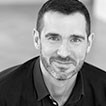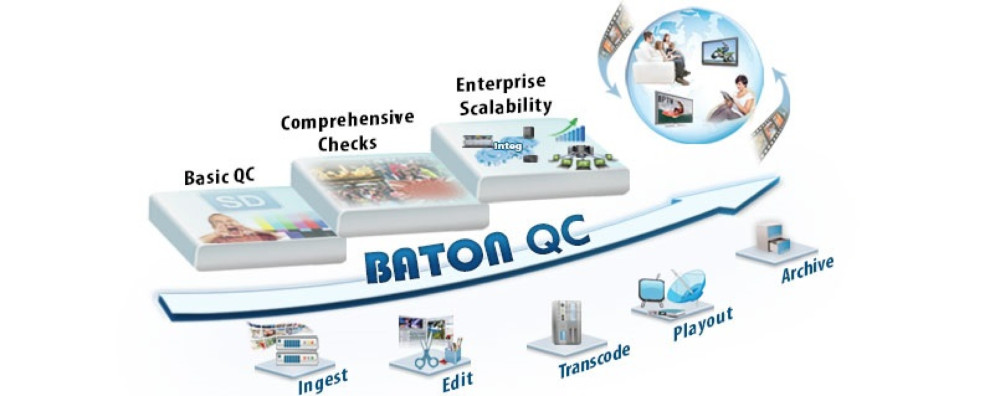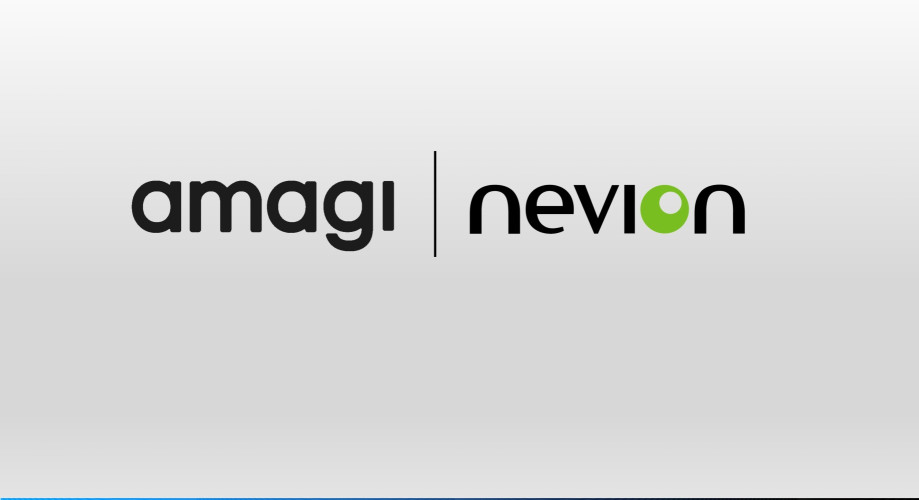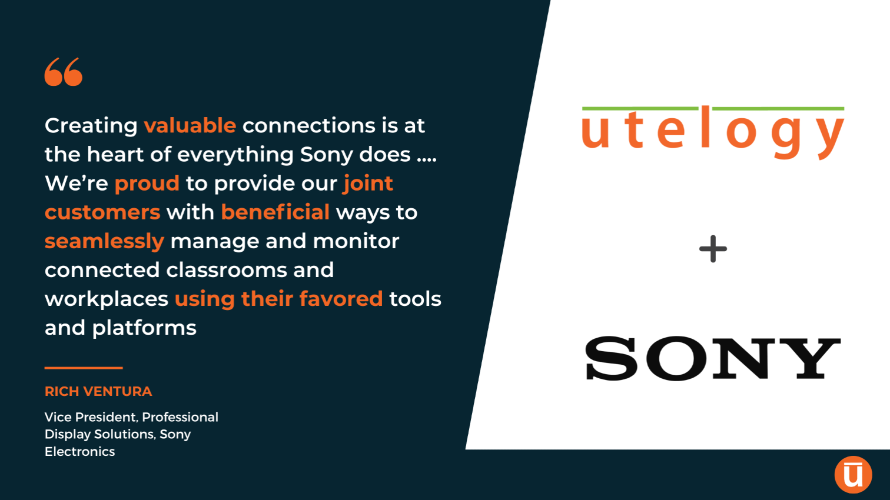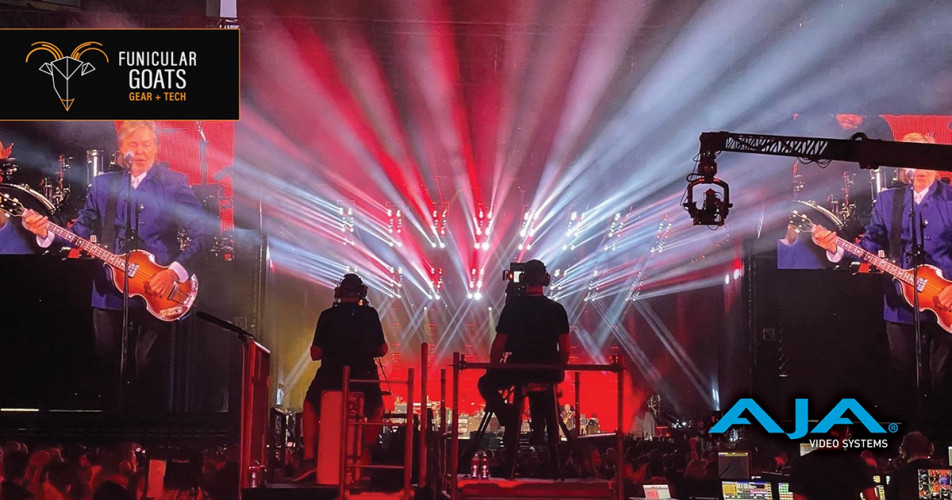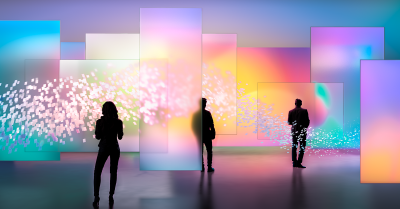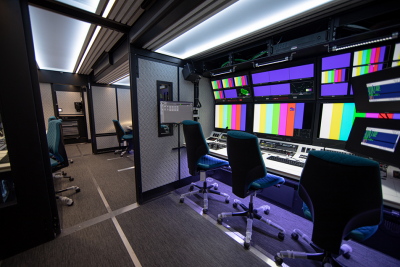by Ben Baldwin Issue 93 - September 2014
One Monday morning in July I headed to Pinewood Studios to spend an hour in the company of Den Lennie and Philip Bloom for a Sony Webinar - Shooting Cinematically. Both DOPs share a passion for helping aspiring filmmakers grow their skills and confidence and both have a wealth of knowledge when it comes to cameras, kit and shooting experience. It’s now easier than ever for videographers, corporate production companies, music video and budget film makers to achieve stunning cinematic content without the Hollywood budget. It’s all about what you know and what you use. The webinar promised to introduce the viewers to some production tools and workflows along with useful tips and tricks to help get that filmic look.
Of course we had some Sony hardware on hand to suit the variety of needs and budgets of the modern day fi lmmaker and although this isn’t a camera review it is with mentioning two of the cameras on show as there is already plenty of interest surrounding them. The newly launched PXW- X180 is a three chip camcorder equipped with the world’s fi rst electronic variable ND and wireless control. And the Alpha 7’s mirror-less digital camera that has staggering lowlight capability, S-Log2 and 4k HDMI output to an external recorder. Before we dived into the main topics of the webinar I thought defi ning what shooting cinematically actually means would be a fairly good place to start. We were all pretty quick to agree that shooting cinematically is completely subjective and rattled of a list of things that contribute towards shooting cinematically rather than shape a defi nition. That list included some of the conventions of cinema like shooting 2.35:1, shooting shallow depth of fi eld or a controlled depth of fi eld, composition, camera movement, large dynamic range, good audio, emulating the look of fi lm.
As for shaping a defi nition, well both Den and Philip agreed it was about lifting production values and making things look as good and as rich as possible and also being more considered. Taking more time when considering what you’re going to shoot shouldn’t necessarily mean you shoot slower, it can still be done quickly, but more time might be taken in pre-production, planning and thinking about each shot, focal lengths, distance from a subject, and what you want those things to convey. When considering what you want to say to an audience and how you want an audience to react to particular parameters you can choose from such as shot composition, a piece of lighting, music, framing or sound.
But what of other parameters, our fi rst viewer question of the morning asked ‘What is the single most essential element for the fi lm look, camera lens or post-production?’ The answer from both was “It has to be light.” For Den light is number one “If you get the light right then everything else follows on from that.” But that said, throughout the conversation we kept coming back to the conclusion that you can’t put a cinematic look down to just one single element, it’s a number of elements that work together.
Philip highlighted several times during the hour how important sound was and that good audio is key, “Sound is essential” he said. “It doesn’t need to be complicated, mono audio for voice is all you need because a great sound designer can build the track.” added Den. You can have beautiful looking pictures but if the audio is poor you’re not going get anywhere near that cinematic feel.
We had several questions from viewers asking whether shooting cinematically was about getting it right in the camera or in post? Of course it starts in the camera, both Den and Philip shoot flat so they can hold on to the highlights and shadows and have more creative options in post. For those of us with no experience with colour grading it’s going to be hard at first when shooting flat and the advice is to experiment with it. The advice was if you have a scene that has a particularly bright range of shadows to highlights and you want to retain them, then play around with different gammas, shoot the same scene in different settings and see what you can do with each, Philip suggested that trying to make them all look the same in post is a good exercise to try.
So onto advice on choosing a camera, for Phillip “It’s the right tool for the right job, there is no one camera that’s going to be perfect for everything. You can make a camera work for everything, but it can be a right pain to do that, it should be about making your life easy.” Den says “I think with the price of camcorders coming down so much the modern shooter should have more than one camera”. But the big advice was whatever camera you choose to buy or hire make sure you know it inside out before taking it on a shoot. I’ve witnessed shoots where the camera op or DOP doesn’t know their camera and it’s not a pretty sight (and neither were the rushes!)
When asked what the single most essential bit of kit was when shooting both answered a good tripod. Philip said “Spend money on a good tripod and it will see you through” with Den adding that a foldable 5 in one reflector was also essential, “If you’ve got nothing else, you can bounce light from almost anywhere”
Of course there was plenty of discussion around 4K and particularly using 4K in an HD world. Philip likes to shoot his interviews in 4K because it gives him the advantage of being able to shoot with one camera, he then has the ability in an HD timeline to reframe from wide angle shots to various sizes of tighter shots in post. I think when the soon to be released Atomos Shogun is coupled with the A7s it’s going to be a very attractive package for those looking to add affordable 4K capabilities to their productions and follow his lead on shooting interviews in 4K.
And with a few more quick fire questions from our viewers our hour was up. An hour which had been packed full with expert advice from Dan and Philip which you can watch in full on the Sony website. And my final thoughts on shooting cinematically? Well it’s very much like beauty, and they tell me that’s in the eye of the beholder. Like many things in our industry there is no official right way to do something, there are instead many interesting, creative and dynamic ways to approach a project. It comes down to hard work, practice and a real passion for your craft, if we all did it the same way our films would look pretty much the same and that would just be plain boring.
Happy shooting, whichever way you’re approaching it.
http://www.sony.co.uk/pro/article/broadcastproducts- shooting-cinematically-webinar



